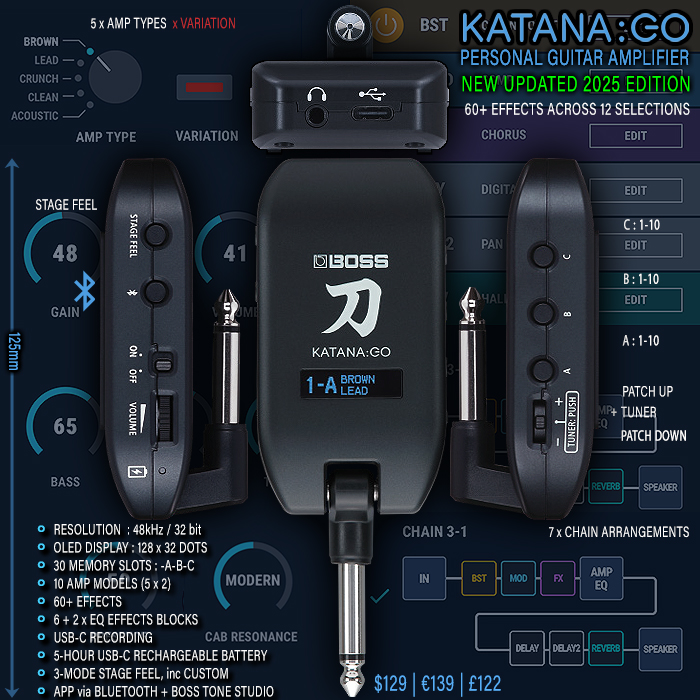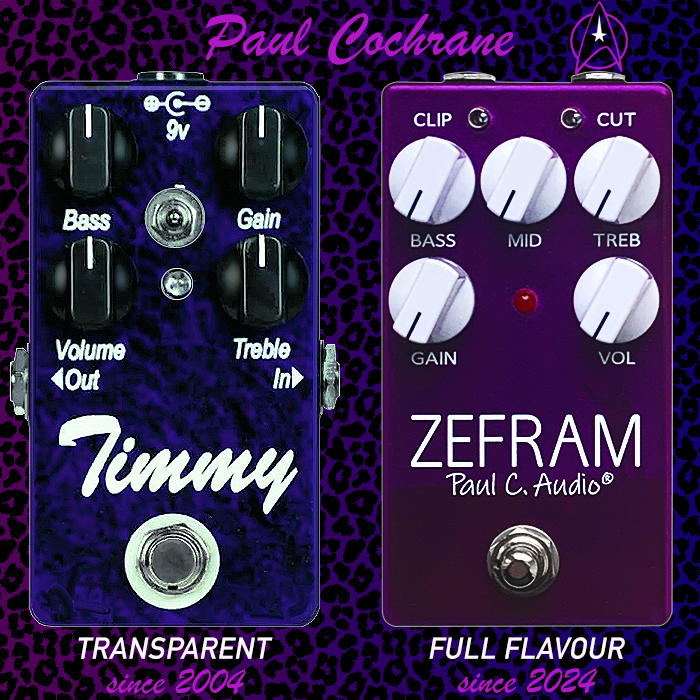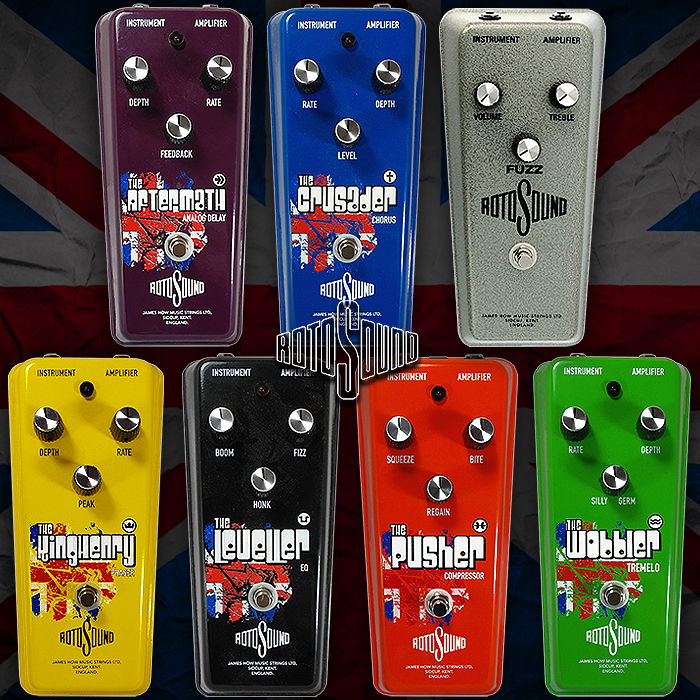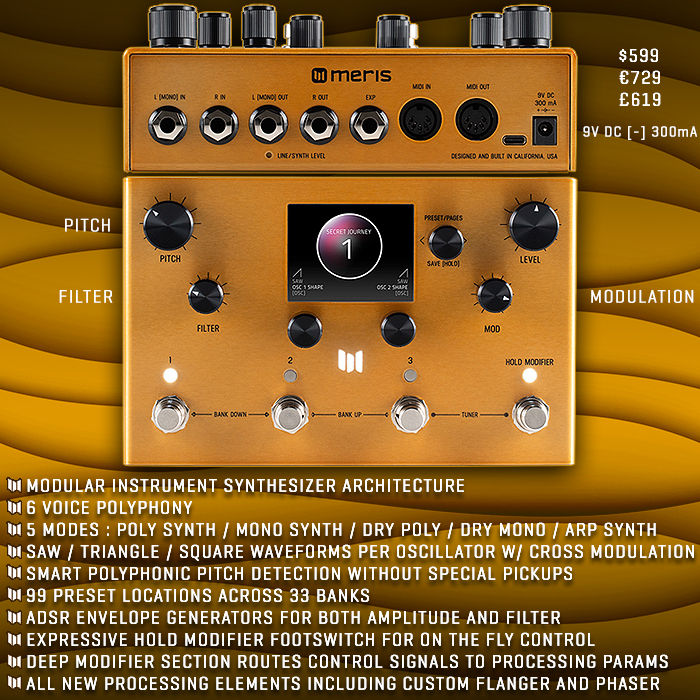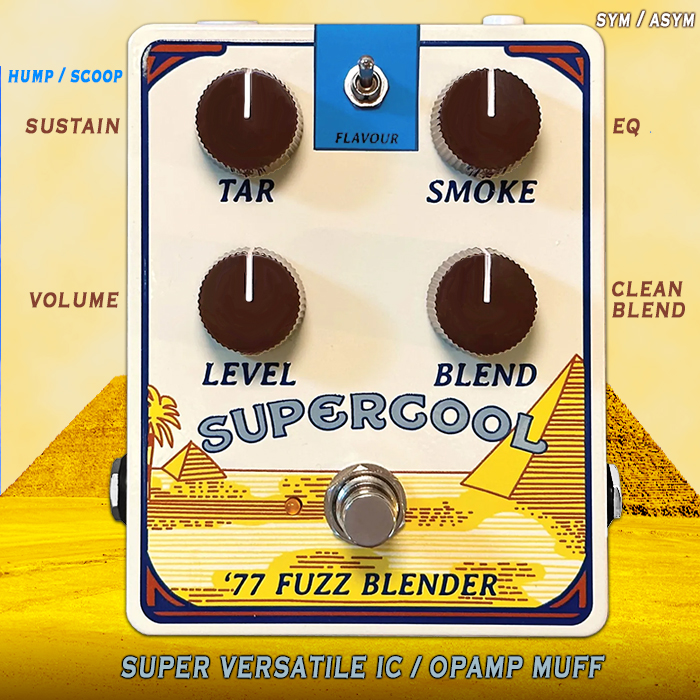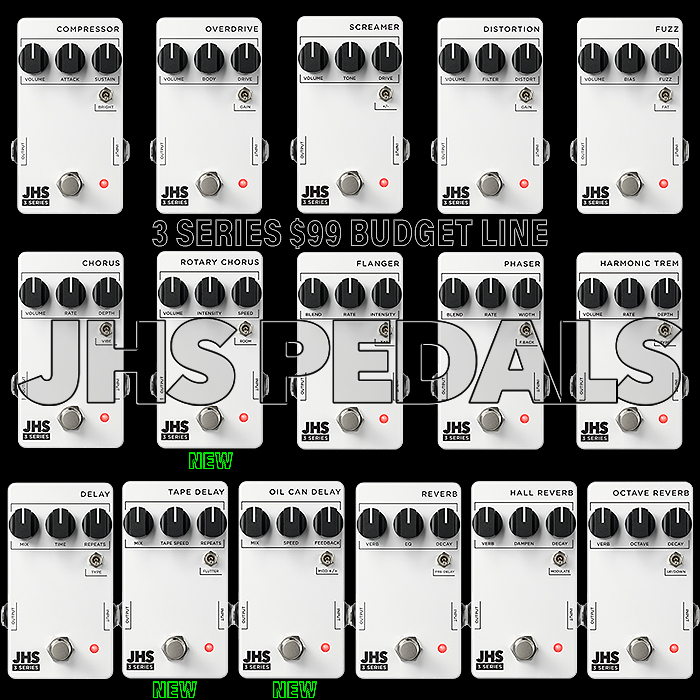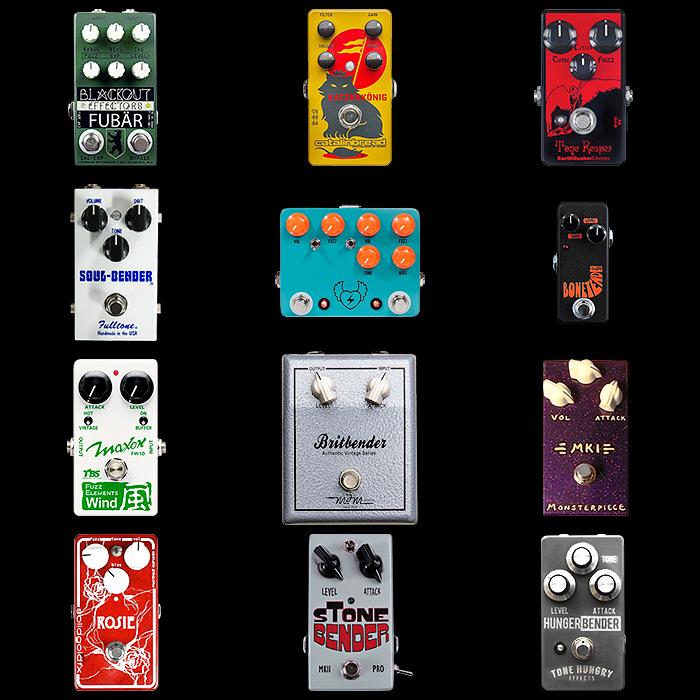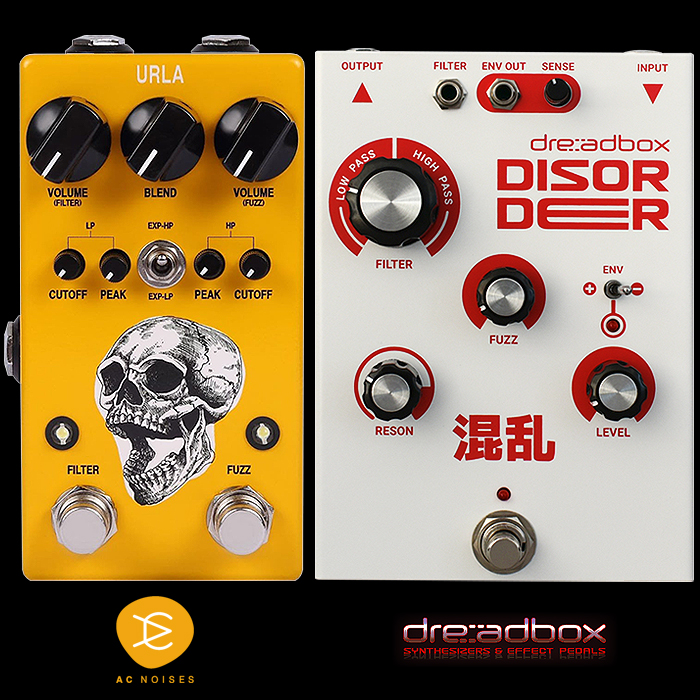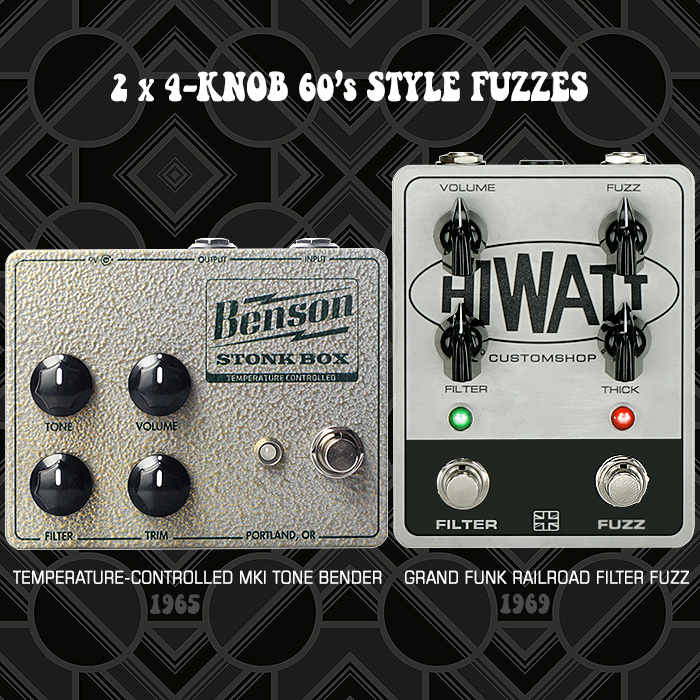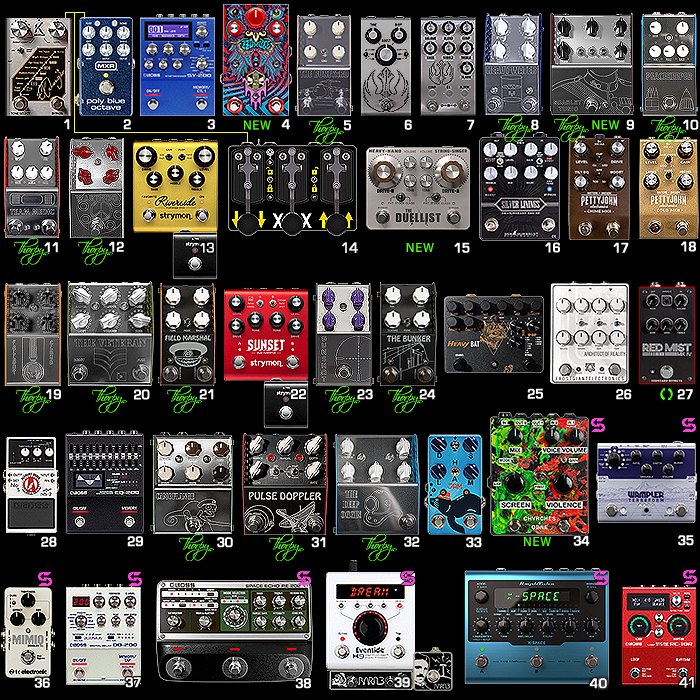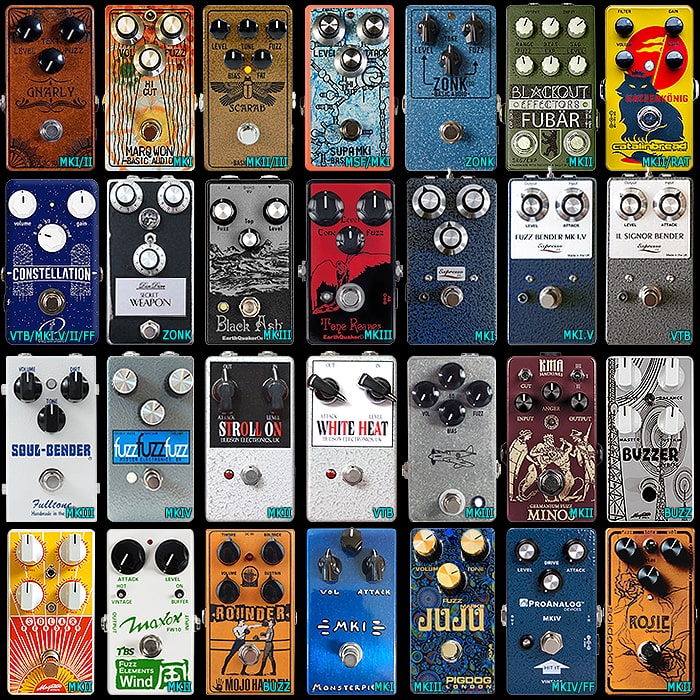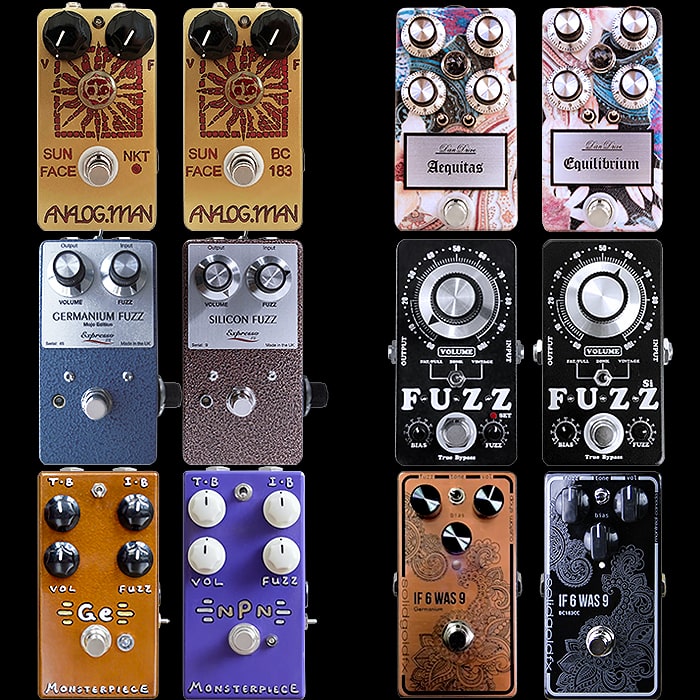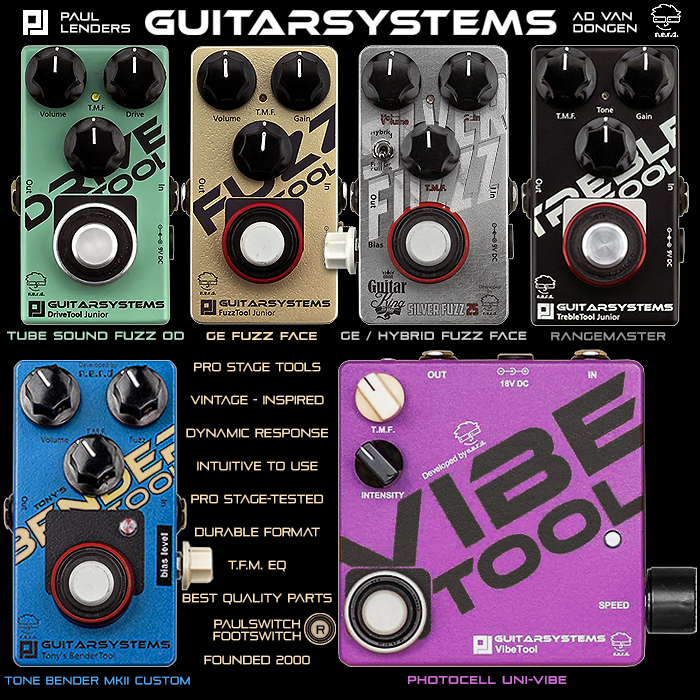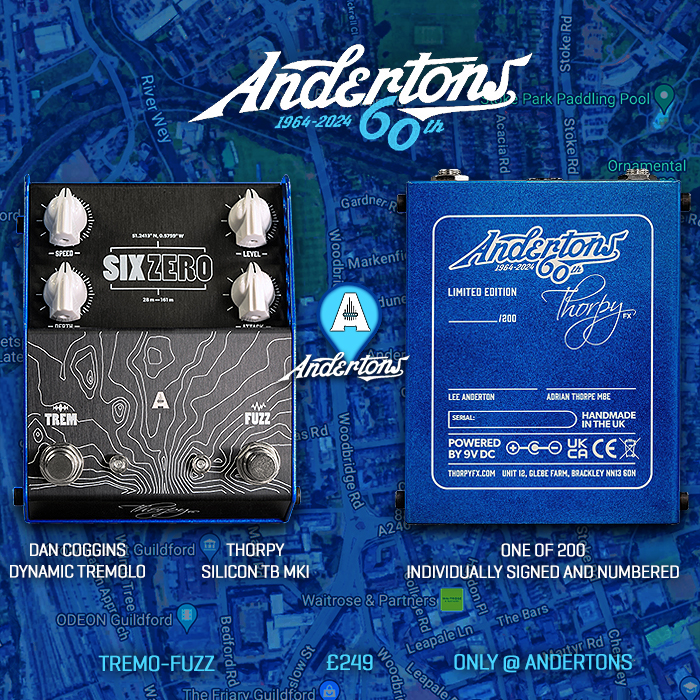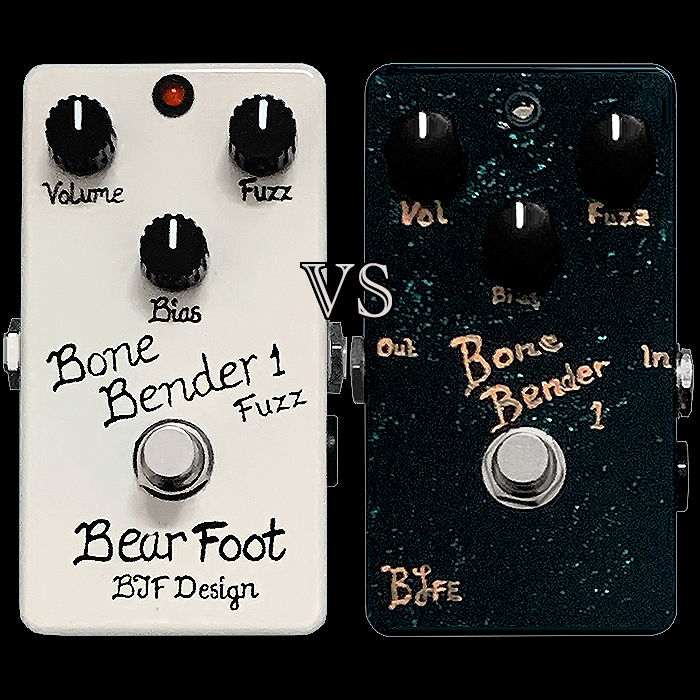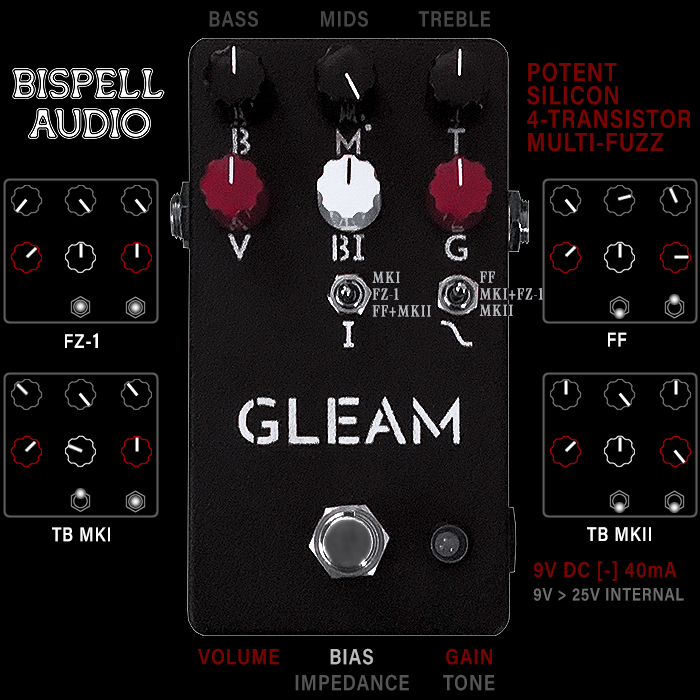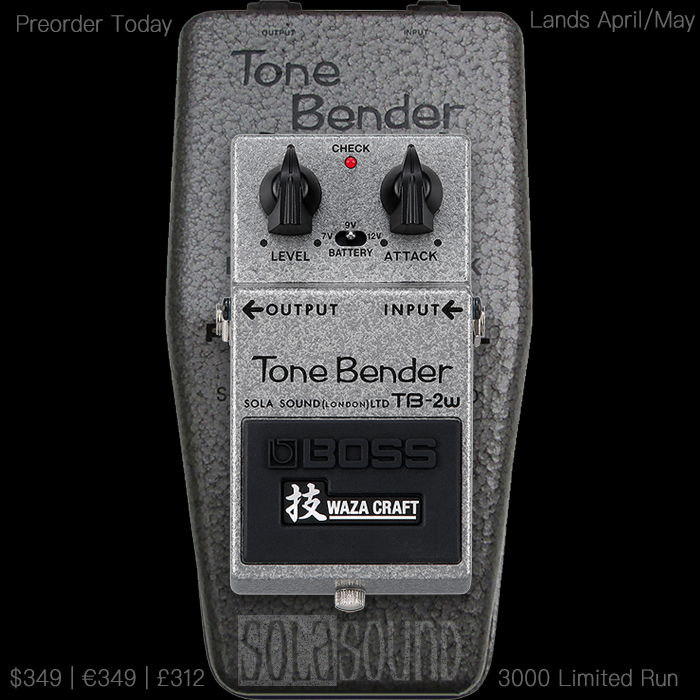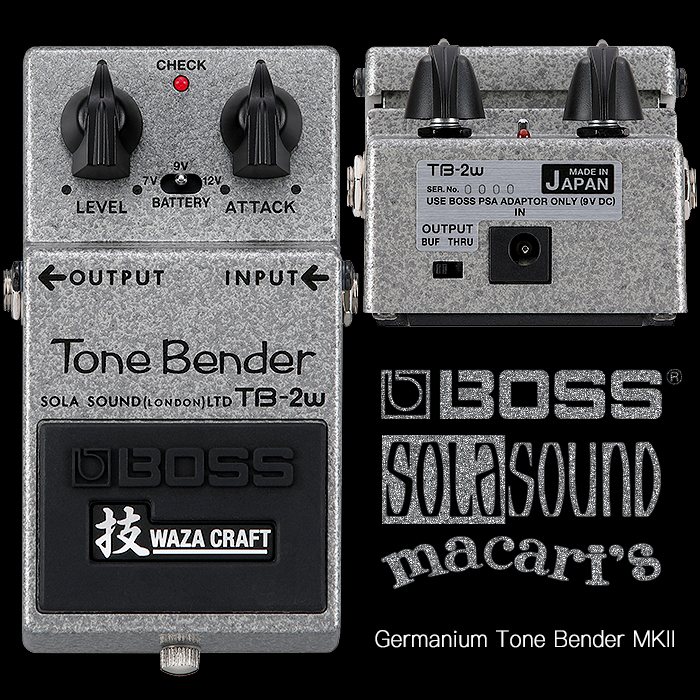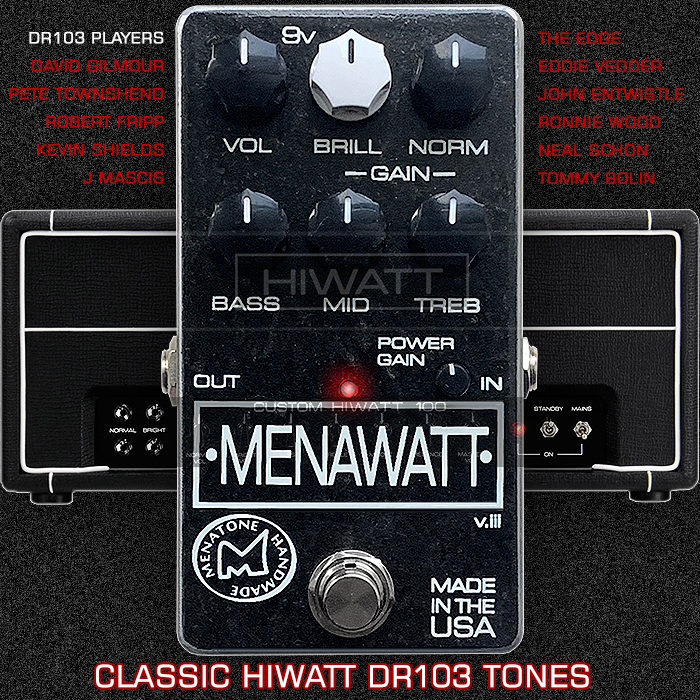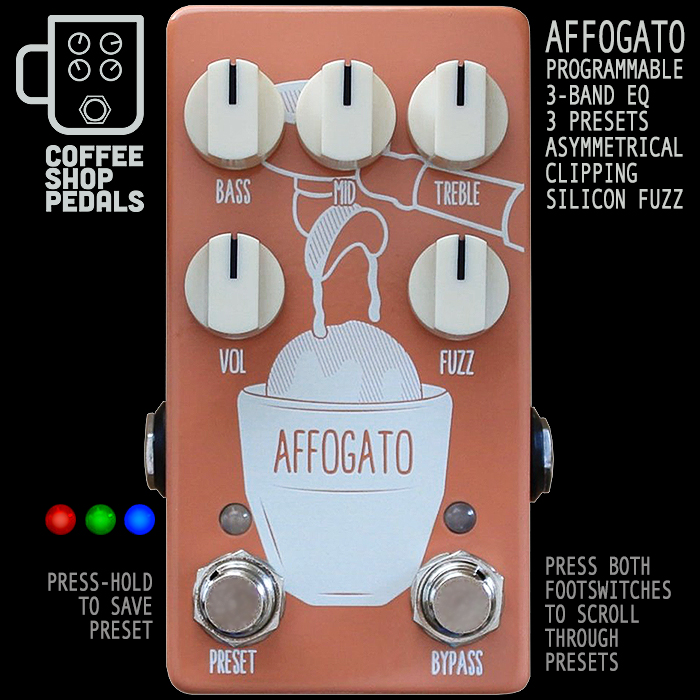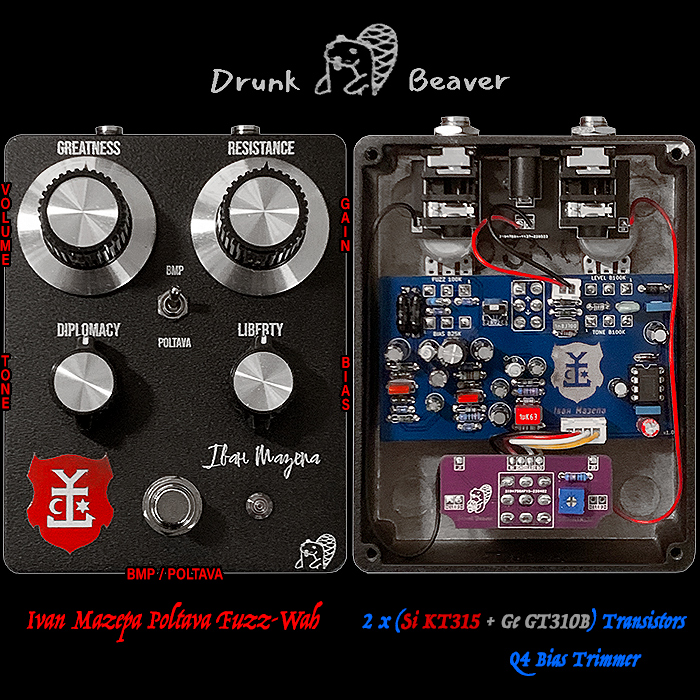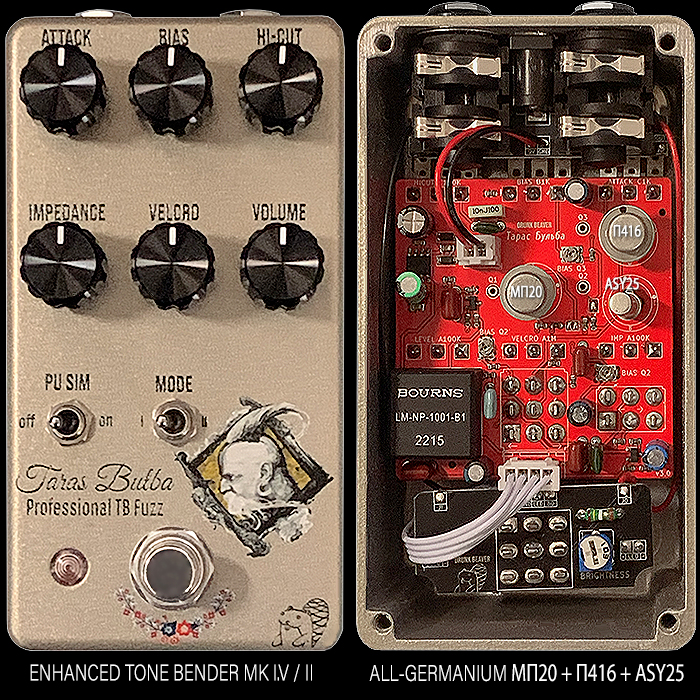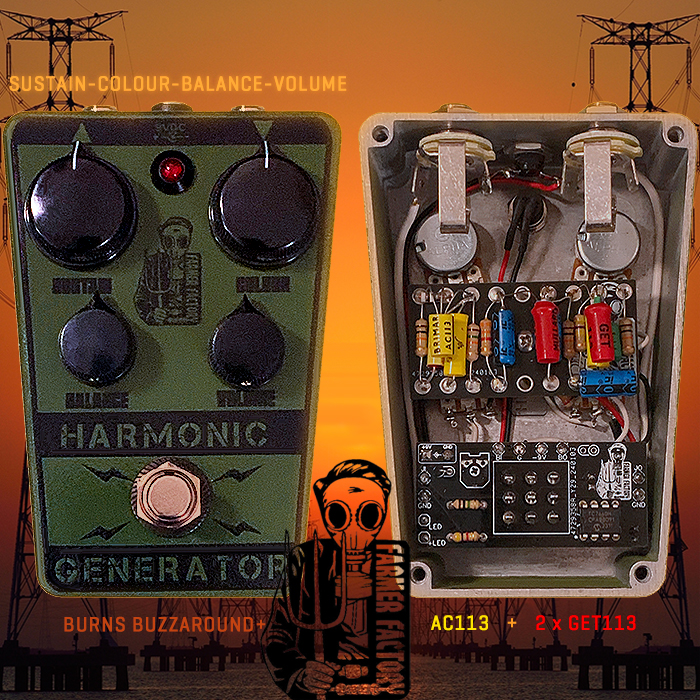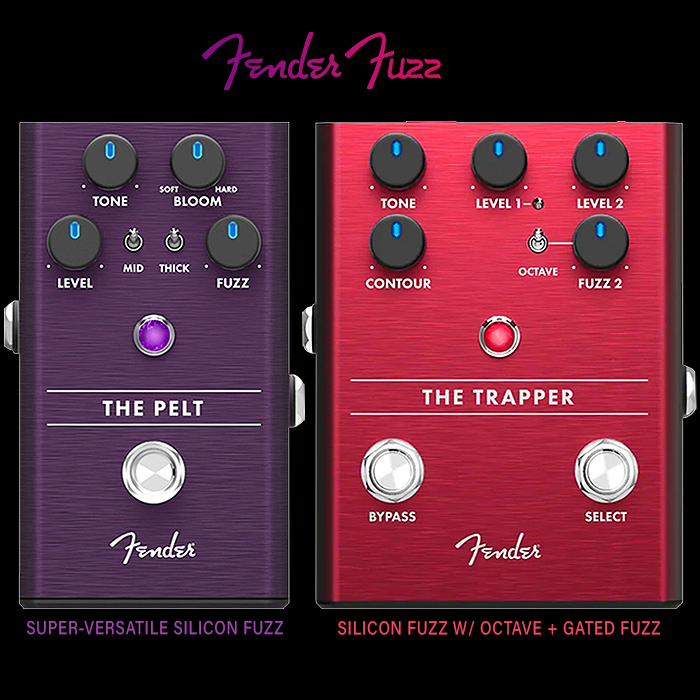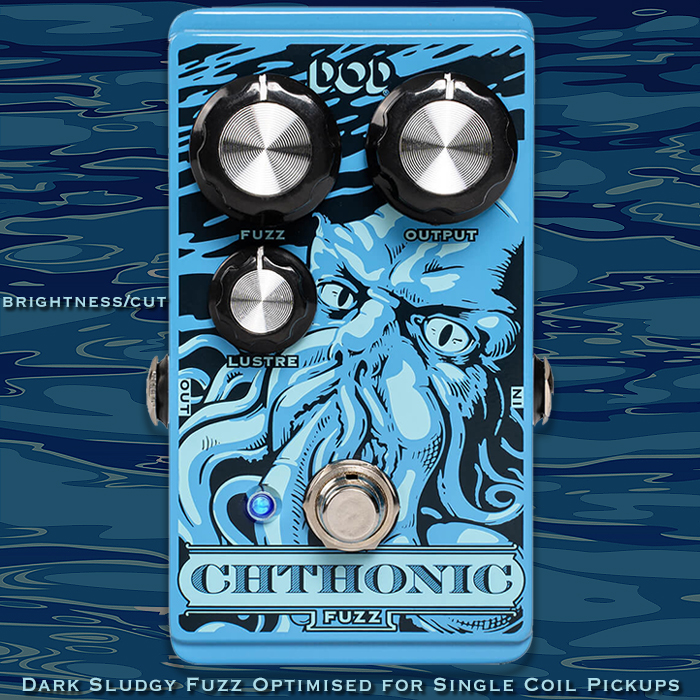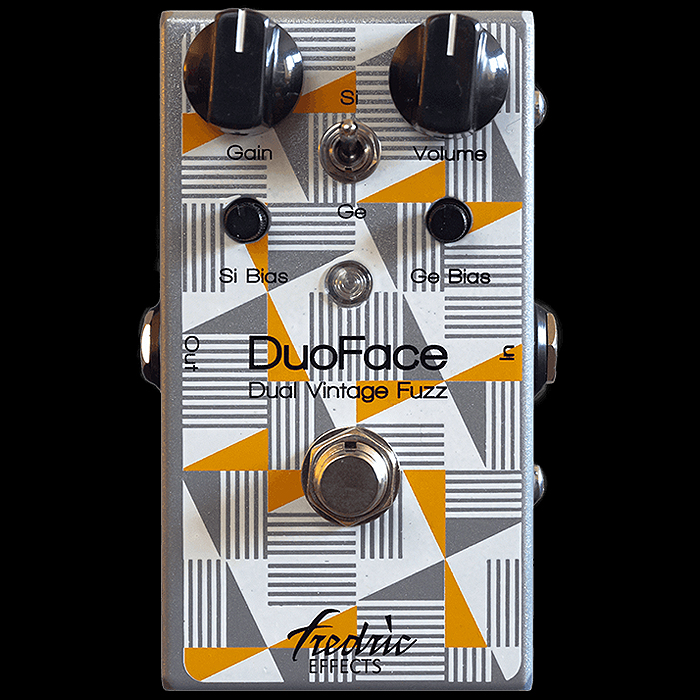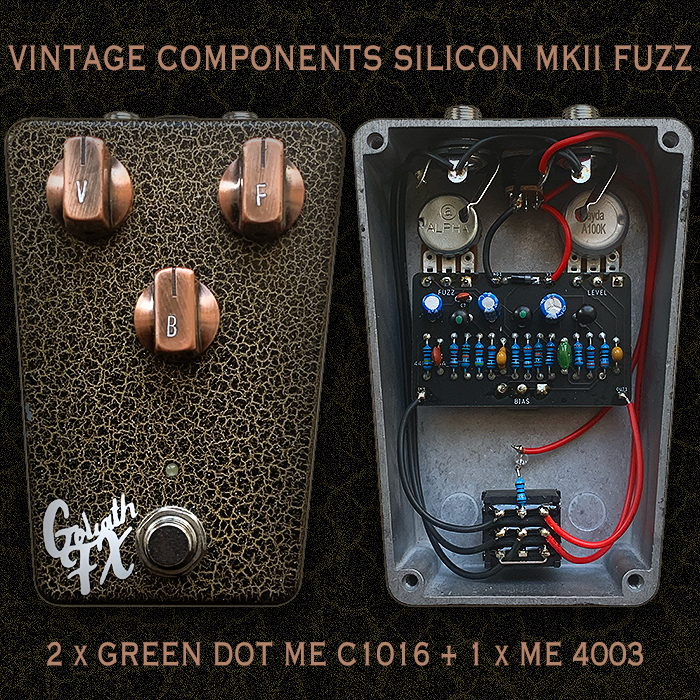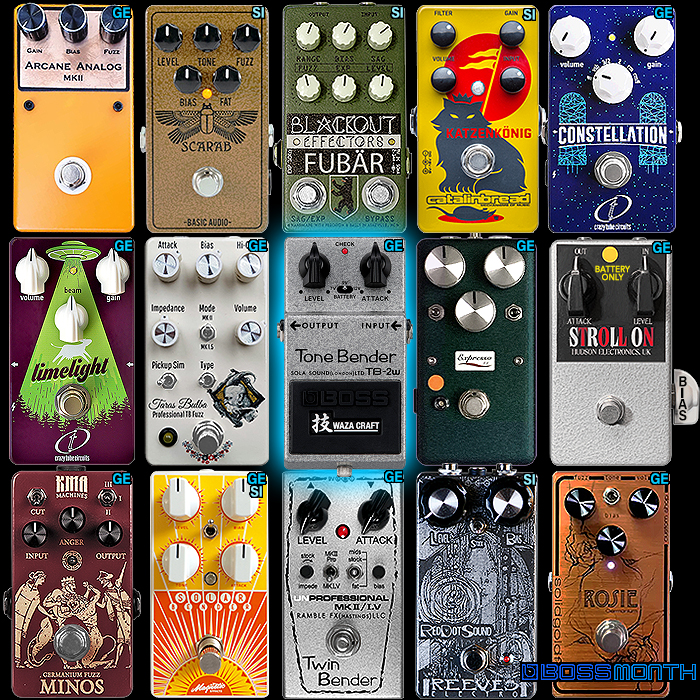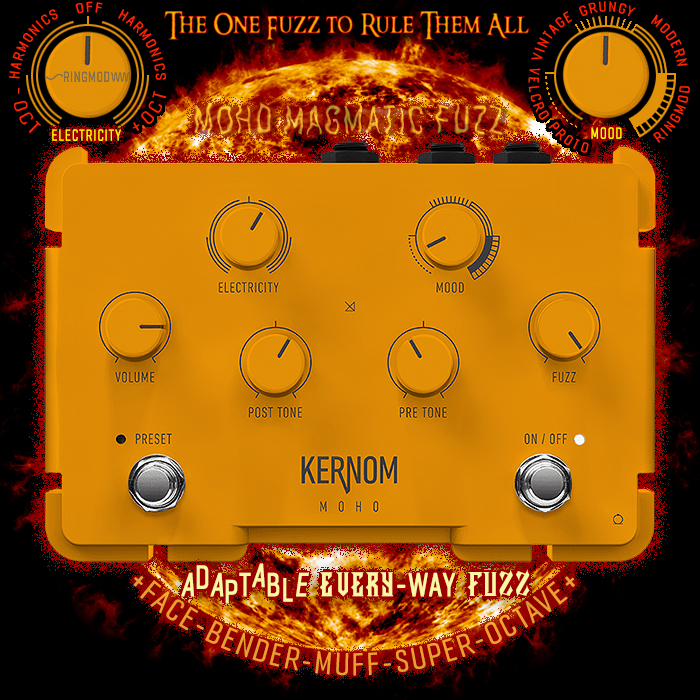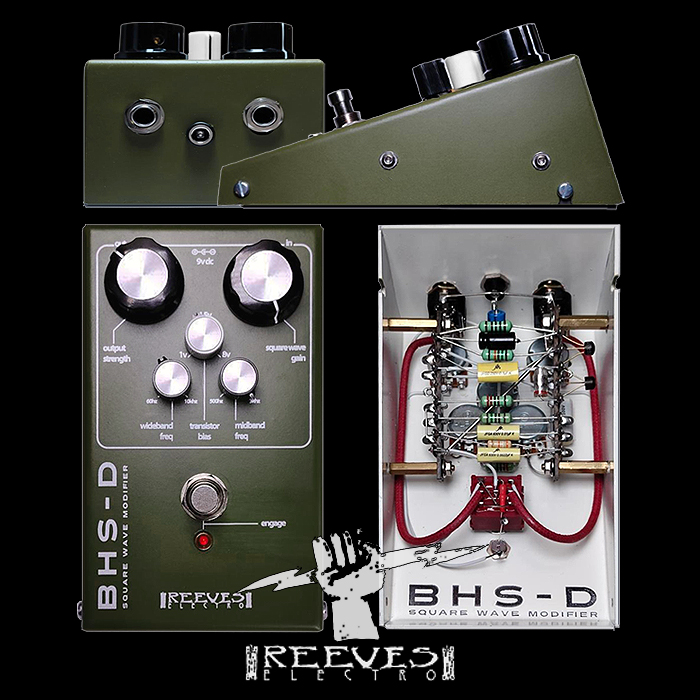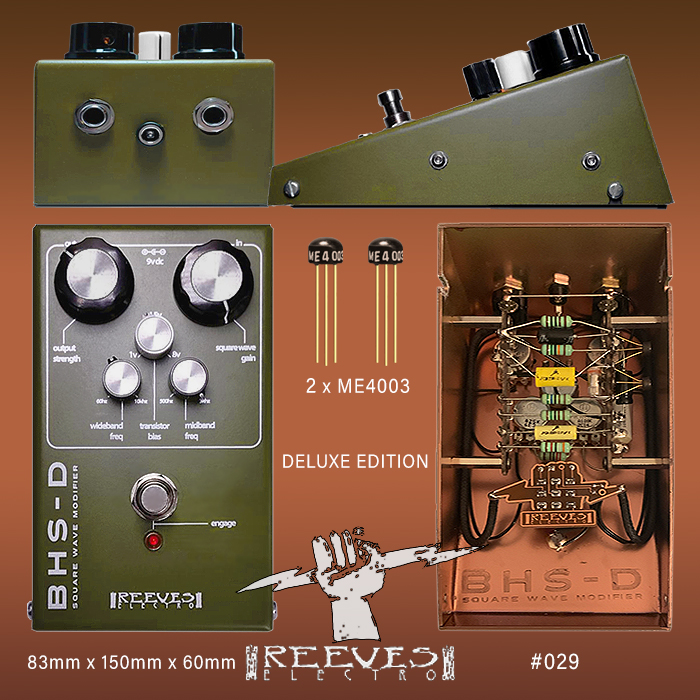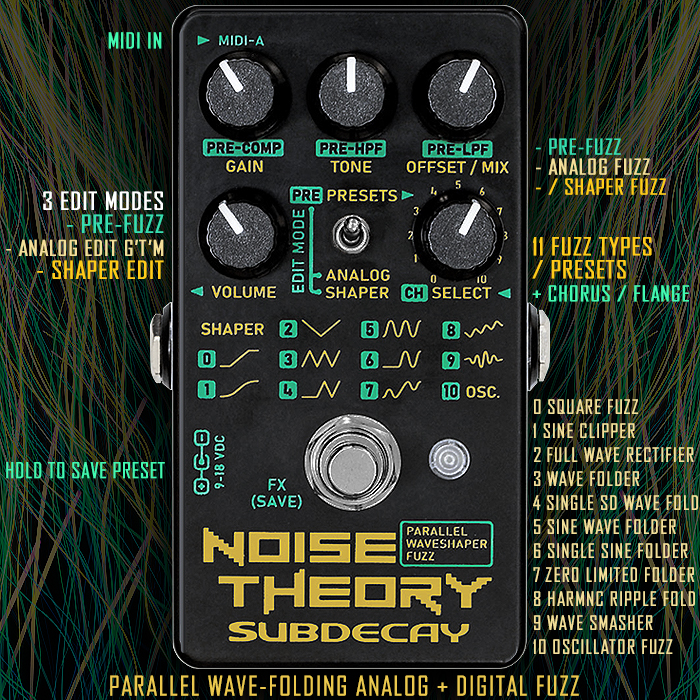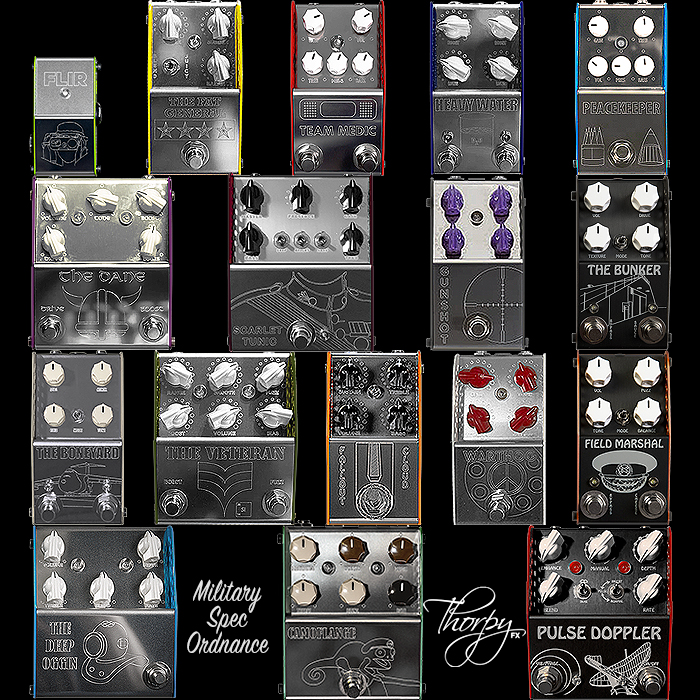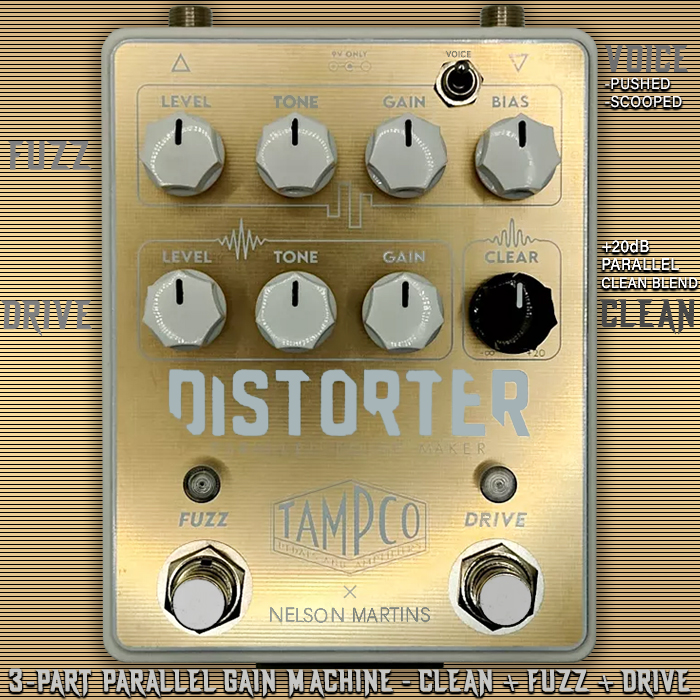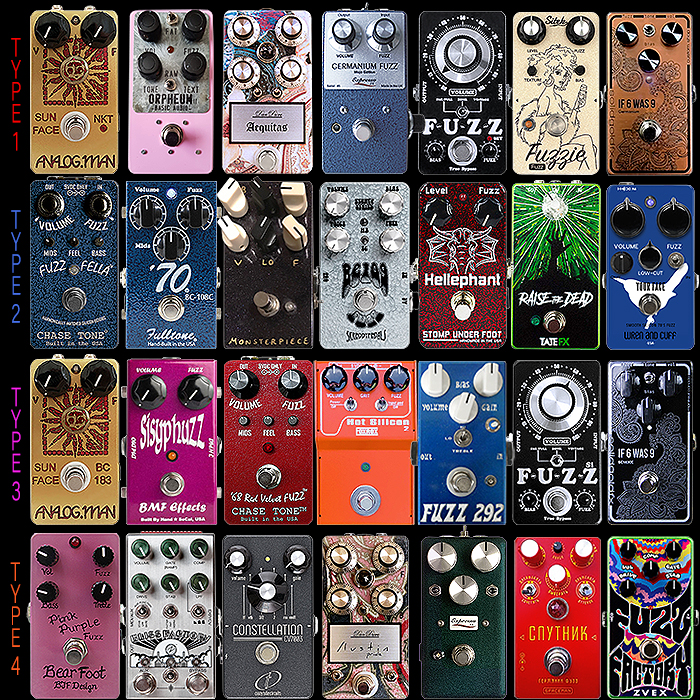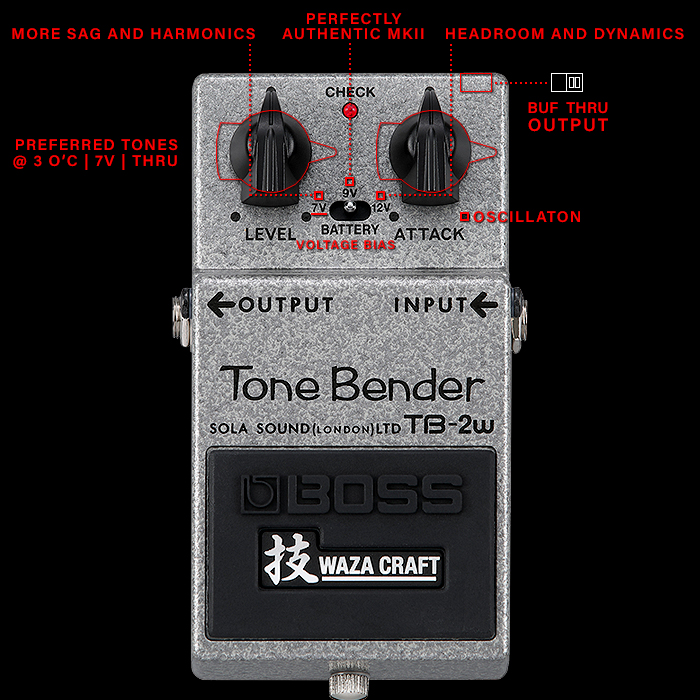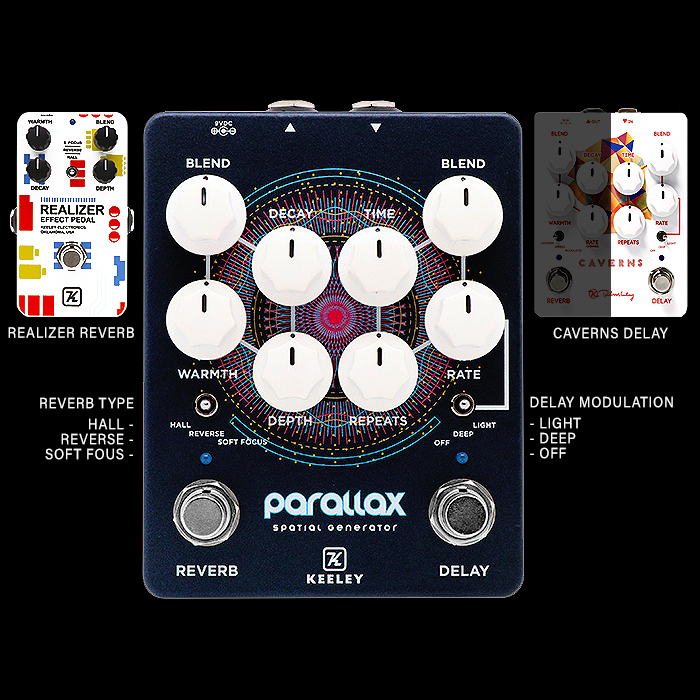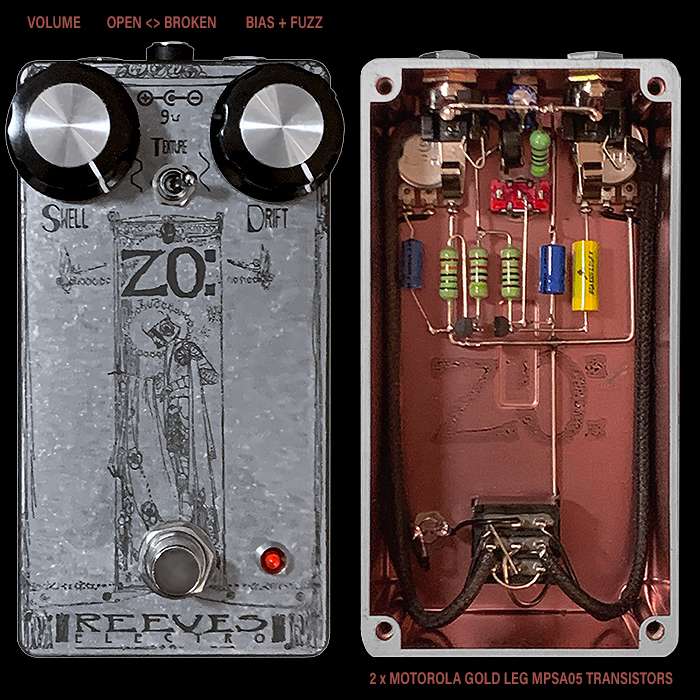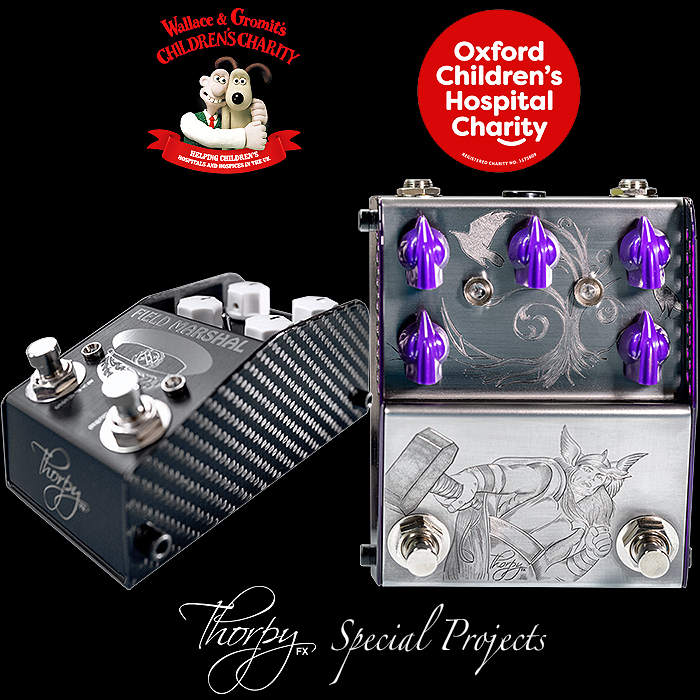Five Formidable Multi-Bender Fuzzes - Germanium, Hybrid and Silicon Varieties
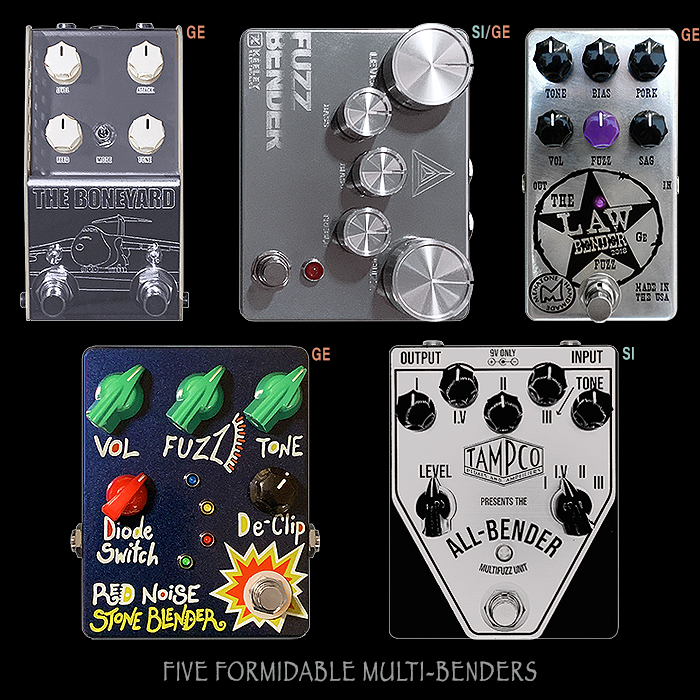
I thought it would be a decent exercise to gather up, contrast and compare my thoughts on my 5 Multi-Bender pedals to-date - all of which have been reviewed individually in the last 6 months or so.
There’s an interesting mix of approaches here - some more deliberate and scientific, while others a touch more serendipitous. All the key Tone Bender circuits consisted of Germanium Transistor types, while there has been a recent trend to replicate those as closely as possible with Silicon equivalent - where here the most obvious example of that is the Tampco All-Bender. The All-Bender is the only one here to specifically target the 4 key circuits via dedicated controls. All the others are really based on dialling things in by ear through a more expansive set of controls.
Different players will no doubt find different levels of authenticity here for each of these - while there are still several obvious tone and texture markers that single out a specific Tone Bender variety.
- MKI - Slightly sharp with dry reedy edge - typically most gain
- MKI.V / Vox Tone Bender - Most Fuzz-Face-y - typically least amount of gain relatively, neutral profile
- MKII - Most Roughly Textured and Raucous - Classic Rock Voicing - significant gain
- MKIII / MKIV - Somewhat Richer, Smoother & Creamier Distortion - significant gain
Josh Scott, Markus Reeves and others have made some very compelling Silicon Benders recently, while I have always felt that Germanium delivers a level of nuance and texture that Silicon just can’t fully replicate. That doesn’t mean you can’t get some very convincing sounding Silicon varieties - but typically when you mix in the genuine Germanium variants you invariably and relatively easily can hear the differences.
You often hear people talking of ’in the mix’ or ’on the recording’ and for sure with a full band mix a lot of the subtleties are lost - while in the room - and on a pedal-by-pedal basis the differences for sure can be distinguished.
In my estimation - only the Boneyard can deliver all 4 voicings fully authentically - while the Fuzz Bender and Law Bender come really close. The Stone Blender is set up somewhat differently - and while you can’t necessarily hit a MKI flavour - for the most part the other non-specific Diode options and De-Clip functions certainly put you in the ballpark of 3 of the core flavours.
The Tanpco certainly isn’t the least of these - it has its own advantages, and it does for sure deliver 4 distinct flavours - while you will need to decide for yourself as to how close those Silicon flavours really get. I’ve always thought Silicon could render MKI.V / VTB / MKII flavours particularly well - and that’s for sure the case here. While they’re not as nuanced and textured as per the best of what the Boneyard is capable of!
A key part of this process for sure has to be in securing exactly the right sort of Transistors to deliver that tonality!
Here follow the individual details :
ThorpyFX The Boneyard Germanium Multi-Bender Fuzz - discontinued - £299.99
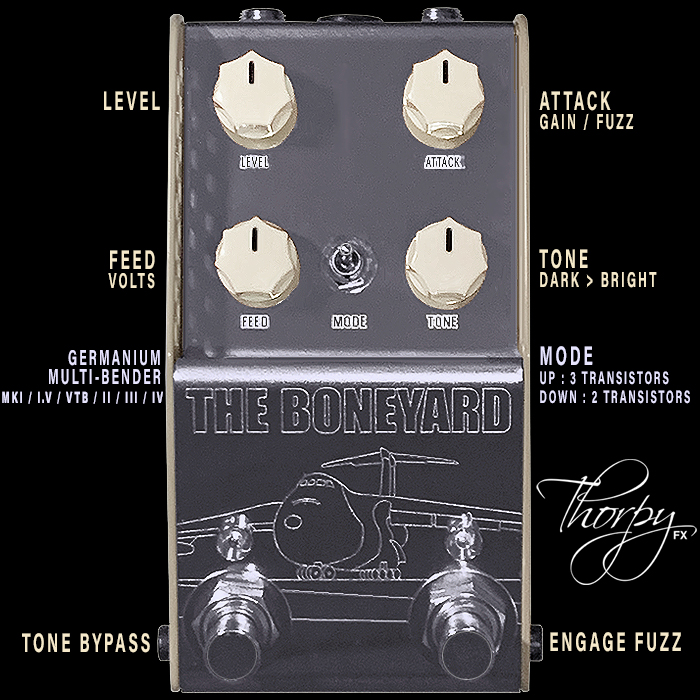

Controls - Level, Attack (Gain/Fuzz), Feed (Volts), Mode : 3 Transistors / 2 Transistors, Tone, Engage Fuzz Footswitch, Tone Bypass Footswitch.
I've waxed lyrical about the Boneyard since its first arrival, and considering how much time I spent ensuring I dialled it in as accurately as possible - this is the Multi-Bender I have undoubtedly had the most flight-hours on - somewhat ahead of the Fuzz Bender and Law Bender which also sustained a rather massive exploration.
I undertook a task for Adrian to validate that his Boneyard Fuzz was indeed fully able to target each of the core flavours authentically. And I spent the best part of a day on each of the key voicings - dialling them in as precisely as was possible.
Adrian found exactly the right Transistors here that had sufficient range and texture to work within this context - and be able to reach each of the required core voicings. You need to apply tiny micro-movements of the dials - almost like a safe-cracker at times. You get these very precise sweet-spots where the voicing blooms in just the right manner to match its key type. A lot of people don't have the patience to dial things in carefully enough - and I've seen far too many demos with the dials in not at all the right sort of territory.
My voicing crib-sheet above was very methodically reached - and you need to apply the same degree of due diligence to yield superior results. And if you have the patience for it - then the Boneyard is a real wonder of a Multi-Bender, and is the only one in my opinion to get each of the voices totally spot-on authentic.
The MKI voicing in particular is the Acid Test - and is the most difficult to achieve. The Fuzz Bender and Law Bender get you fairly close - but only the Boneyard goes the full distance in my opinion. That doesn't mean some of you won't prefer some of these other varieties overall - it's all a matter of fractions really.
The Boneyard though is seemingly the most magical overall!
Keeley Fuzz Bender Ghost Prism Custom Shop Hybrid Fuzz - $179
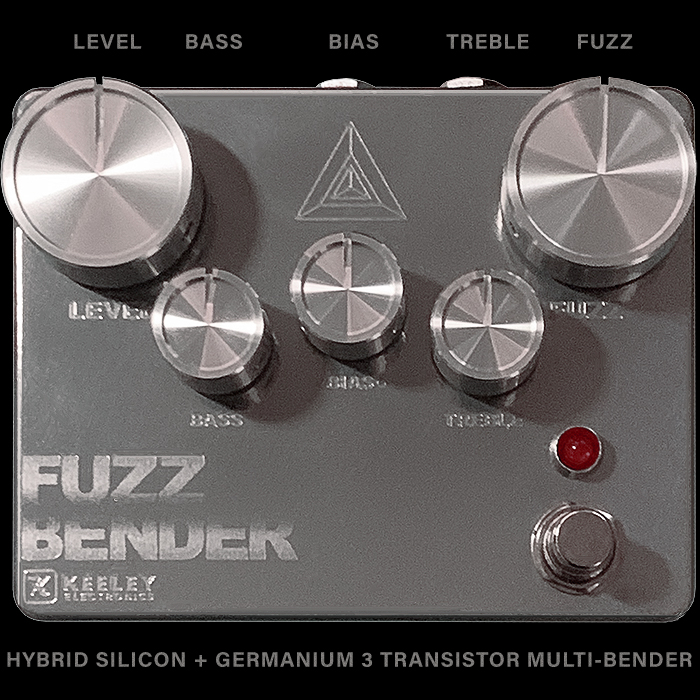
Controls - Level, Bass, Bias, Treble, Fuzz.
Considering Keeley made their Dual D&M Drive a vertical affair, I'm a little surprised that the Fuzz Bender is in an unergonomic horizontal orientation. It doesn't make too much difference for me as I simply flip the pedal onto its side - while I would struggle to accommodate it on the appropriate slot if I could not have slotted it in skinny side up!
The plain standard edition - because of its orientation and then colourway - did not really appeal to me in the slightest - despite its full-featured nature. While the custom edition's holographic metallic sheen and incredibly fetching metallic knobs - really won me over.
The circuit makeup here consists of 2 Silicon plus 1 Germanium Transistor - which gives the default profile a little more sharpness and fizz to it. The dual-band EQ is really helpful for dialling things in - in combination with the essential Bias control.
All key varieties of Bender can be drilled in pretty successfully - while the MKI doesn't quite reach the authenticity of the Boneyard, but is definitely on a par with the Law Bender.
This is a great sounding Bender overall and really cleverly calibrated - just not quite as potent as the Boneyard.
Menatone Law Bender Germanium Face Bender - $189
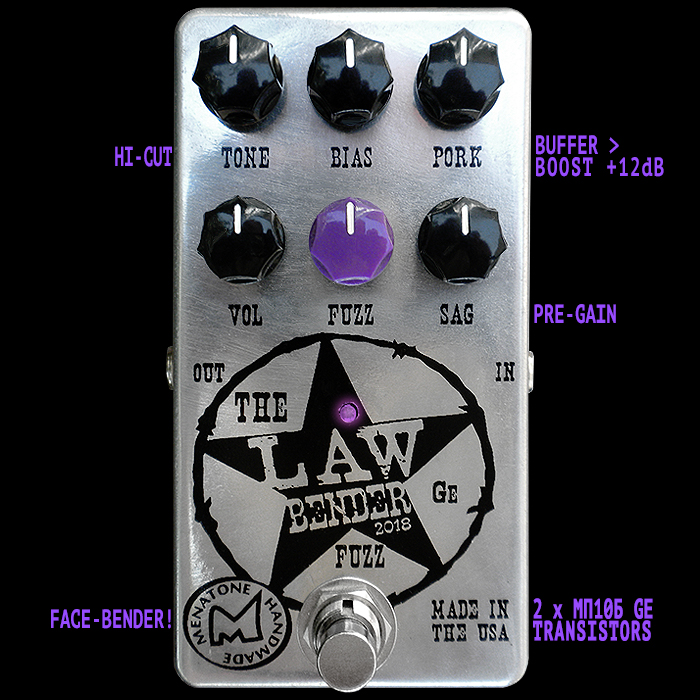
Controls - Tone (Hi-Cut), Bias, Pork (Buffer>Boost), Volume, Fuzz (Gain), Sag (Pre-Gain).
Another really handy Multi-Bender which does all the in-between voicings superbly well. It can't quite capture the dry reedy edge of a full MKI flavour - but that's about the only omission. The nature and variety of the controls is quite superb really - possibly just needs one more Transistor to push it to its maximum potential.
It's designed to excel at Fuzz Face and MKII flavours and it certainly does that - and can be dialled into most of the key core Bender voicings. As mentioned though, it does not quite reach a properly authentic MKI voicing though.
Interestingly this was my first ever Multi-Bender and I thought it the best thing ever when I first got my hands on it, and while it compares very favourable to the Fuzz Bender - they can both get into very similar territory - while by default the Fuzz Bender is somewhat sharper and fizzier - and the Law Bender more rounded in profile. Neither quite powers through to the level of the Boneyard - which currently reigns supreme.
There's much to recommend the Law Bender - and I dare say that with a few minor tweaks it could be made even more versatile. It comes in both Germanium and Silicon varieties - and I still intend to get the Silicon version at some stage!
Red Noise Germanium Multi-Clipping Stone Blender Fuzz - $195/£175
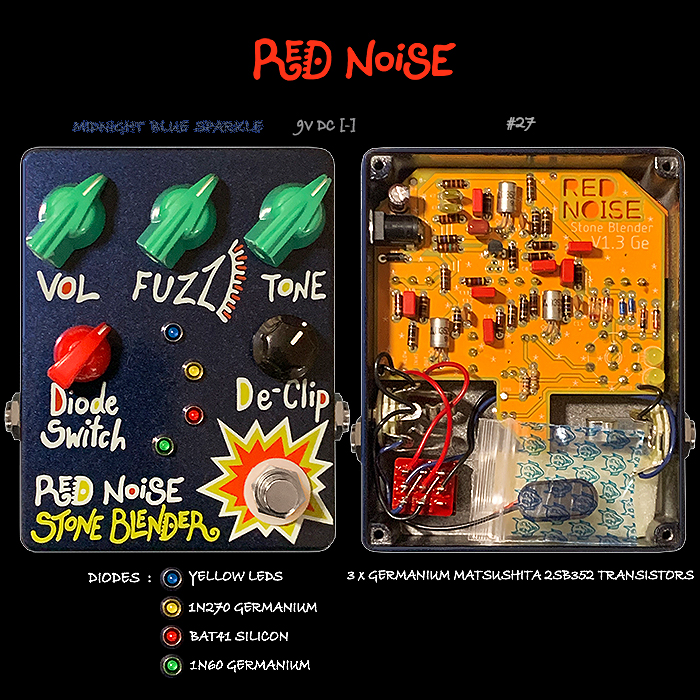
Controls - Volume, Fuzz, Tone, Diode Clipping Options : Blue, Yellow, Red, Green, De-Clip.
This is a slightly different concept in that it's not per se intended to be a Multi-Bender in the same way as the first three, but rather more a Multi-Clipper with it own advantages. The magic ingredient on the Stone Blender are some very special Transistors - but also the Diodes and De-Clip Function - the last mentioned of which is rare genius.
In this instance the different clipping options :
- BLUE : Yellow LEDs | De-Clip @ 11 o’c
- YELLOW : 1N270 Germanium Diodes | De-Clip @ 11 o’c
- RED : BAT41 Silicon Diodes | De-Clip @ 9 o’c
- GREEN : 1N60 Germanium Diodes | De-Clip @ 11 o’c
And how I set them don't specifically equate to the key Bender voicings - while this pedal is very capable of reaching MKII and MKIII flavours in particular - and the softer I.V and VTB varieties. Again the MKI dry reedy edge proves to be slightly effusive here.
In some way it's not as malleable as the previous trio, while the De-Clip control is incredibly malleable on its own - it's just that the various Diode values aren't specified to replicate any of the specific classic voicings that I can tell. They are each distinct though - and I really love the texture of the Germanium Clipping Diode varieties. We're probably still missing a Bias control here though for us to get fully successfully across all the Tone Bender variations!
This is still very much one of my favourites though and comes highly recommended - and on the two Germanium Clipping Modes in particular it sounds equal to anything!
Tampco Silicon All-Bender Multi-Fuzz Unit - €207.50
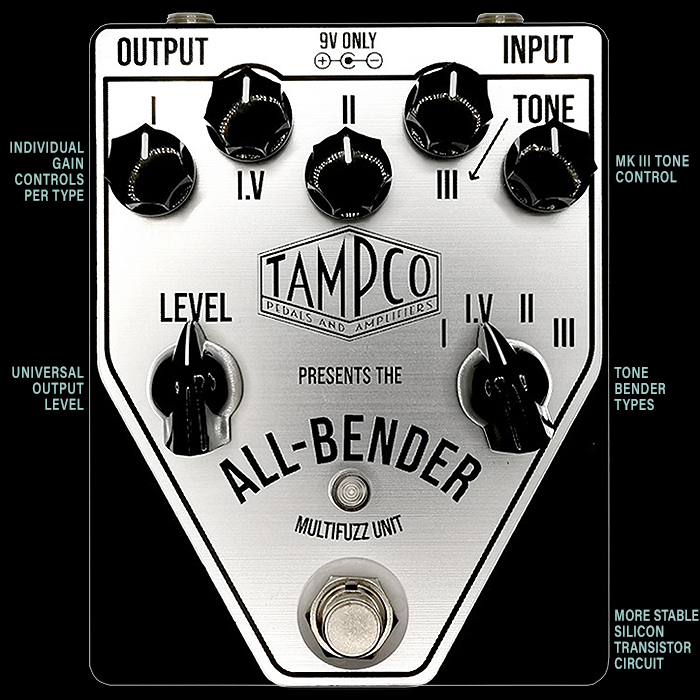
Controls - Gain I, Gain I.V, Gain II, Gain III, Tone III, Level, Type : I / I.V / II / III.
The All-Bender is the only one that has wholly separate controls per key Bender voicing - all fully authentic to the original circuits - meaning only the Type III gets a Tone control.
This is very much an on-rail approach - where you don't have a lot of fine-tuning capability per preset - simply just the individual Gains and a Master Level control - and then a selector ofr each of the 4 voicings.
I said in my full review that I would still have liked to have had access to a Master Bias control - and I feel it could have been nice to have a more universal Tone control too - to help refine things further on invidivual voicings.
There is quite a lot this pedal gets right - it's certainly the easiest to use of these 5, and each of the 4 voicings are pretty distinct. In fact when you play the pedal stand-alone it all sounds very decent indeed, but it doesn't quite have the nuance and richness of a full Germanium circuit. And if you perform head-to-heads on all 5 of these circuits, the all Silicon variety is overall the furthest away from the benchmarked classic voicings.
The MK I.V and MKII flavours here are particularly strong - while the MKI and MKIII don't readily compete quite so strongly.
Truth is each of these pedals has is forte's and areas of strength - where invevitably some of the voicings are stronger and more authentic than the others.
I'm still of a mind that to fully authentically reach the lofty heights you need too - you really need 3 powerful Germanium Transistors - so from that perspective - only the Boneyard fully stands up to all the exacting requirements of this task!
Final Thoughts

It may all have seemed a somewhat foregone conclusion from the start that these were very roughly arranged in the order of exactitude here - near enough - but not exactly.
There's no question that the Boneyard is the star of the show - while there's actually very little distance between all of these - and each really delivers strong flavours and has its own particular set of advantages.
The All-Bender is very evidently the easiest to dial in - but in some ways has the least nuance - while it's I.V and II voicings are remarkably strong for them being Silicon.
Each of these does at least 2 of the 4 varieties really well, and then the others competently enough, some master 3 of the 4 - while the Boneyard is the only one that really cracks the MKI magic too.
Fuzz Bender vs Law Bender is a very close-run thing - and sometimes the dual-band EQ has an advantage - and some times the added granularity of the Law Bender's Manu controls. They each have a slightly different core register - but can deliver all varieties authentically pretty much bar the MKI.
In some ways the Stone Blender can sound the most impressive with the right Diode and De-Clip settings - while you don't fully have the granularity to accurately dial in all the varieties.
I'm sure there are other suitable candidates for this task out there - and I will do my best to seek those out too - as it stands though I'm pretty satisfied as to where I've got to. And kudos to all of you who managed to get your hands on a Boneyard. Adrian has sworn me to secrecy on those magical Transistors - so that he may be able to get his hands on some more at some stage. There was always a plan to make a Silicon version of the Boneyard too - will be interesting to see just how close that is able to get.
Where are your thoughts on Germanium vs Silicon transistors - are you more agnostic about them - or do you feel that for proper authentic Tone Bender voicings - that there really is no substitute for Germanium?







